TUNGSTÈNE Technology is used by Middlebury Institute of Internation Studies at Monterey
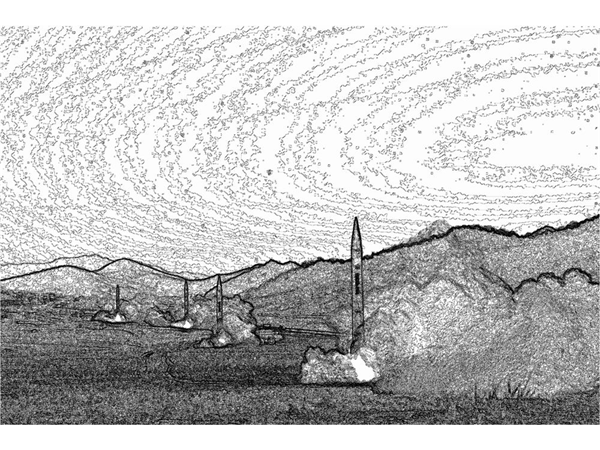
TUNGSTENE technology, a core component of the InVID Verification Application, is used since 2016 by the Middlebury Institute of Internation Studies at Monterey (MIIS). In particular, this technology is used by scientists who aim to assess the digital photographs related to weapons of mass destructions, such as the missiles and nuclear weapons that North Korea is working on. The capabilities of TUNGSTENE technology are utilized for evaluating the authenticity of the photographs provided by North Korea and for extracting physical information from the digital images on the missiles themselves. In March 6th 2017, North Korea proceeded to a test launch of several missiles. The scientists from the MIIS analyzed the content and reached the conclusion that, very likely, the photographs were authentic and the launch was real. Further details about this investigation can be found here.

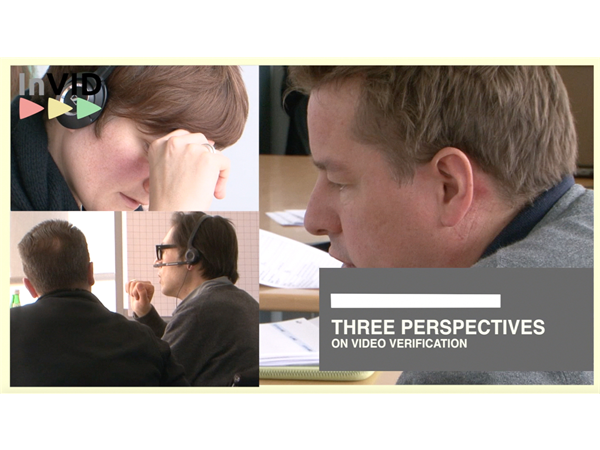
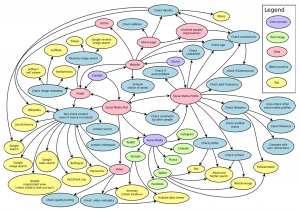
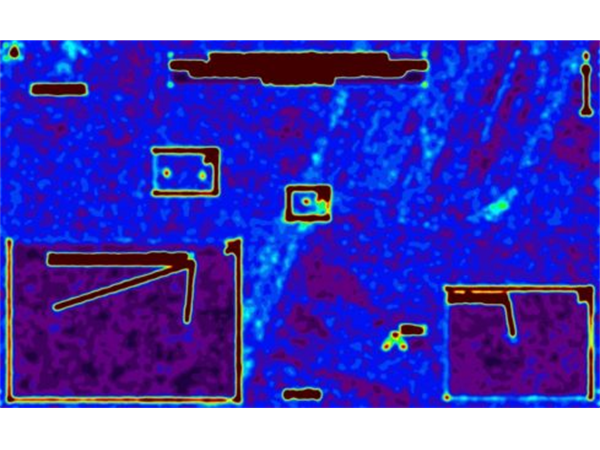
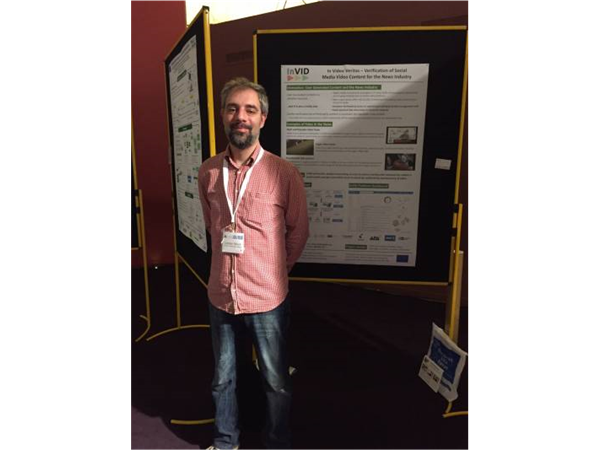
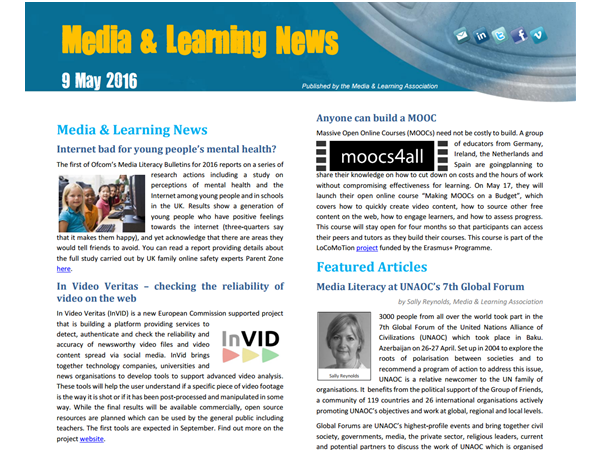

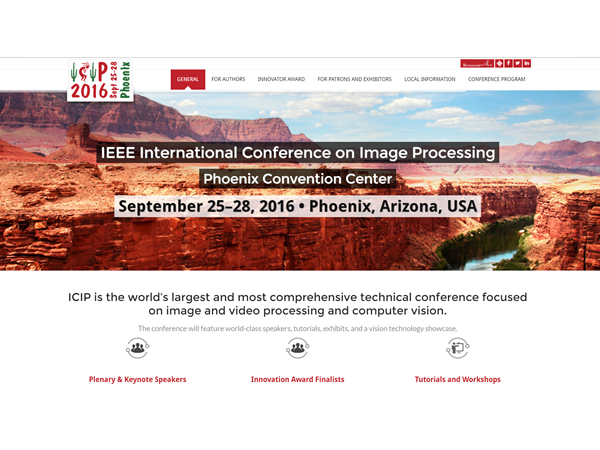
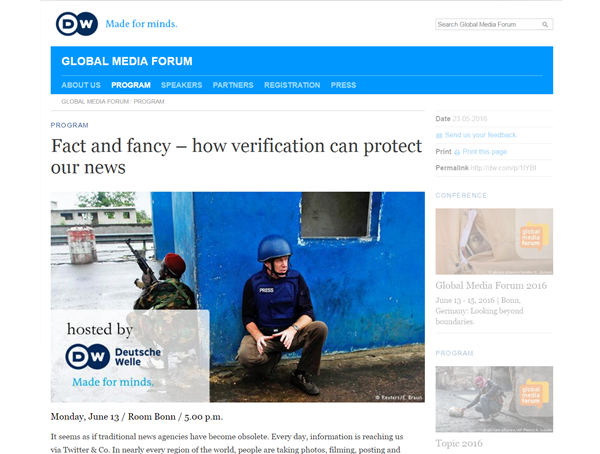
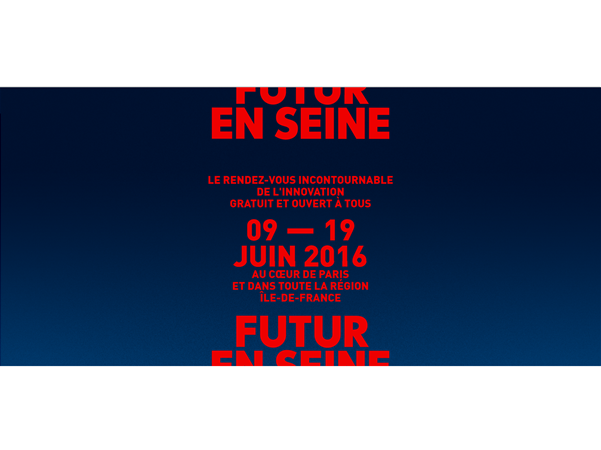
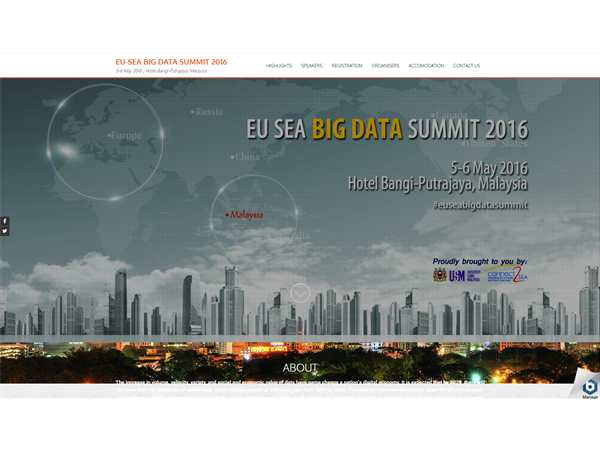
You must be logged in to post a comment.